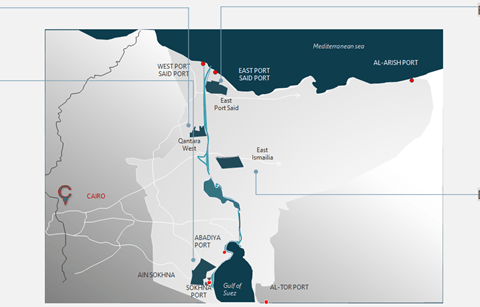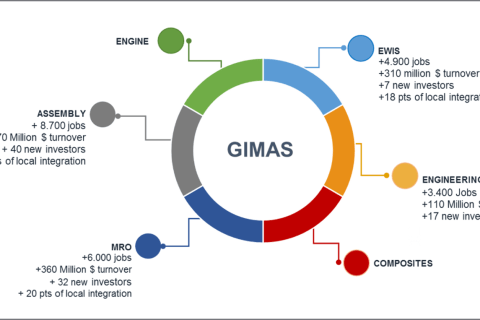Africa, long perceived as a mere market for foreign car manufacturers, is now emerging as a land of production and innovation in this strategic sector. Population growth, rapid urbanization, and the rise of the middle class are creating strong demand potential, while several countries have implemented ambitious industrial policies to stimulate local production.
- The drivers of this development
- Growth of the domestic market: With an estimated population of 1.4 billion and a still low motorization rate (around 44 vehicles per 1000 inhabitants compared to more than 600 in Europe), the potential is enormous.
- Willingness to reduce imports: Many countries are encouraging local assembly to reduce their dependence on imported used vehicles.
- Special economic zones: Free zones and dedicated industrial parks are emerging to attract international investors.
MAJOR PROJECTS AND EMERGING CENTERS
- Morocco – African industrial hub
Morocco has become Africa’s leading automobile exporter thanks to a favorable environment: modern infrastructure, proximity to Europe and free trade agreements.-
- Renault Tangier Med: one of the largest factories on the continent, producing more than 400,000 vehicles/year.
- PSA-Stellantis Kenitra: an ultramodern factory with a capacity of 200,000 vehicles/year, currently ramping up.
- Objective: produce 1 million vehicles/year by 2030 and develop platforms for electric vehicles.
-
- South Africa – Historic Industry
South Africa remains a leader with factories for Ford, Toyota, BMW, Mercedes-Benz and VW.- The country is focusing on exports, particularly to Europe, and on the transition to electric vehicles (national plan “Green Transport Strategy”).
- Egypt – Industrial Renaissance
Egypt is reviving its automotive industry with a plan focused on:- The development of an electric vehicle sector (partnerships with Dongfeng, Stellantis).
- The creation of a local ecosystem for the production of batteries and components.
- Nigeria – Towards local industrialization
Nigeria is encouraging local assembly plants (Innoson Vehicle Manufacturing, Peugeot Nigeria) to reduce massive imports of used vehicles and develop a range adapted to its market. - Transcontinental projects
- Development of affordable electric vehicles for Africa: several start-ups and alliances (for example in East Africa) are working on electric motorcycles and small cars adapted to local realities.
- Regional value chain initiatives: partnerships to develop the production of parts (e.g. batteries in Morocco, wiring in Tunisia, components in South Africa).
- Challenges to be met
The sector faces major challenges:
-
- Quality of logistics infrastructure (ports, roads).
- Stability of industrial and fiscal policies.
- Access to finance and technology transfer.
- Transition to more sustainable and electrified models.
Conclusion
The African automotive industry is in an emerging phase: it is structured around regional hubs and ambitious projects, with the objective of moving from a simple consumer market to a producing, innovative and exporting continent.



